Carl Gustaf MAAWS Recoilless Rifle — Sweden’s Boomstick
January 16th, 2024
9 minute read
In today’s article, Peter Suciu gives us the history and current operational status of the Carl Gustaf line of recoilless rifles. Before jumping in, let us discuss naming conventions. The Carl Gustaf recoilless rifle is often spelled Carl Gustav, but more confusion can come from the model designations.
Modern models are the M3 and M4 models — with the M4 being the most recent introduction. However, the U.S. military uses both models and refers them as the M3, possibly to avoid confusion with the 5.56 NATO chambered rifle. Particularly sharp pencils at the Pentagon designate the M4 as the M3E1, but many documents make no such distinction. For additional confusion, some U.S. documentation even uses the M4 designation.
Additionally, the M3/M3E1/M4 recoilless rifles are not the same as the Swedish AT4, a smoothbore, single-use weapon currently in service.
There is a common misconception that the Carl-Gustaf M4 (CGM4) — also now known as the Multi-Role Anti-Armor/Anti-Personnel Weapon System (MAAWS) — was named after Charles X Gustav (Carl Gustav), the King of Sweden who led his nation during the Second Northern War, and greatly expanded the Swedish Empire. However, that’s not quite accurate.
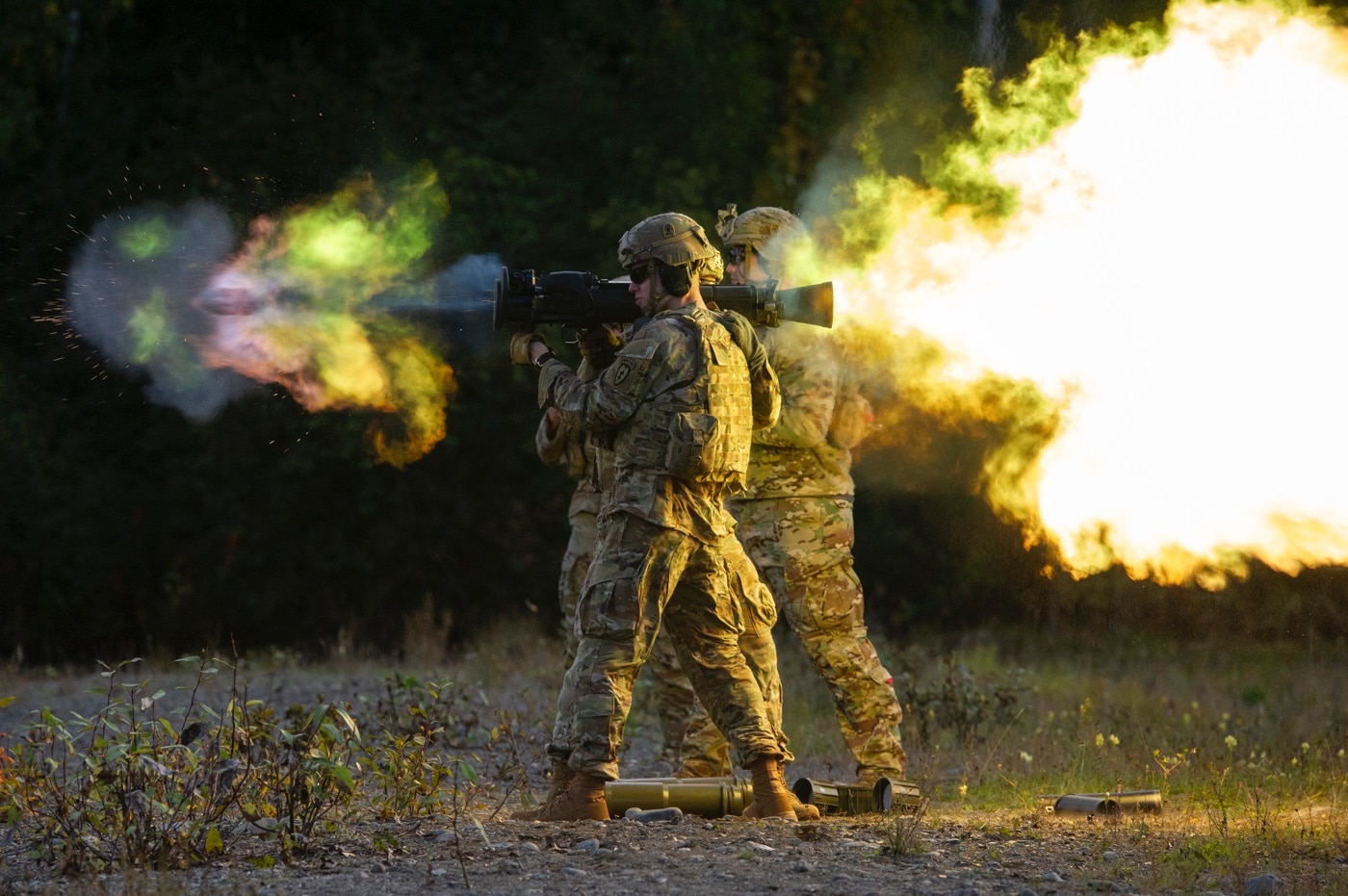
Then again, Charles X wasn’t actually the 10th Swedish King to bear the name. His predecessor, Swedish King Charles IX, had chosen the numeral after studying what turned out to be a fictional history of Sweden. Yet, it may not matter because today when anyone in Sweden likely refers to the past King Carl Gustav, it is the 17th-century warrior ruler who almost certainly comes to mind.
More importantly, as king he encouraged the development of the iron forges in the then-newly founded Carl Gustavs Stad (“City of Carl Gustavs”), which produced small arms and notably artillery. By the early 19th century, the town had merged with the larger Eskilstuna, and it was there that the Carl Gustafs Stads Gevärsfaktori (“Rifle Factory of Carl Gustaf’s Town”) was founded in 1812 as a state arsenal. It went on to produce a number of weapons that bear the “Carl Gustaf” name — notably the Carl Gustaf M/45 (Kulsprutepistol m/45), a 9mm submachine gun developed after the Second World War, and a favorite of U.S. Navy SEALs in Vietnam.
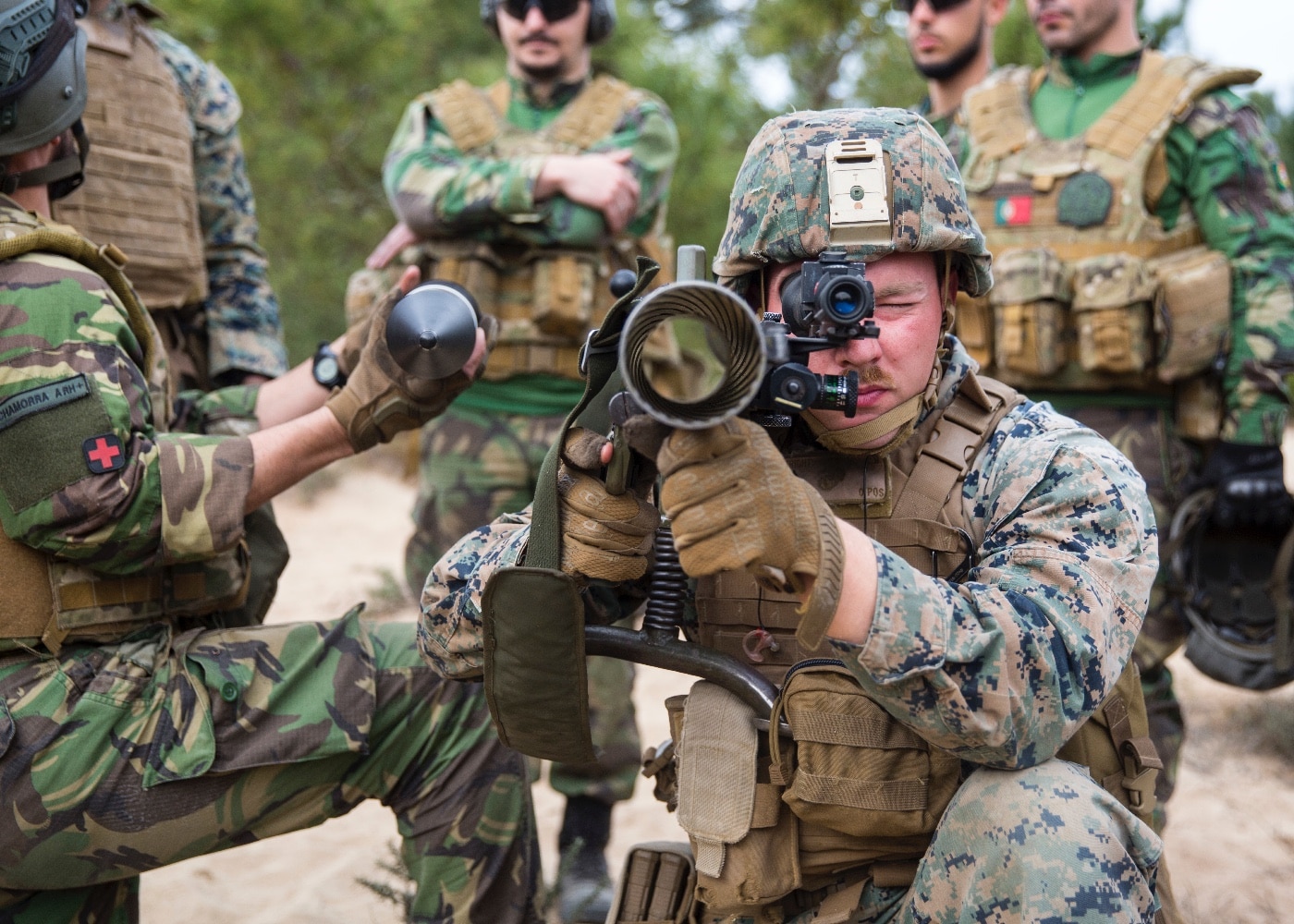
Now, this brings us back to the Carl-Gustaf M4 (CGM4), a man-portable, shoulder-launched weapon system that was designed and developed by Swedish defense and security firm Saab. The weapon is among the various anti-tank launchers that have seen widespread success in Ukraine, where it has been employed to destroy Russian tanks.
The Gustaf Basics
This M4 MAAWS, which has been nicknamed the “broomstick,” is actually the latest version of a weapon platform that dates back to 1946, when the Swedish military — which had remained neutral during the Second World War — had taken note of the development of anti-tank weapons, such as the United States Army’s “bazooka” and the German military’s Panzerschreck.
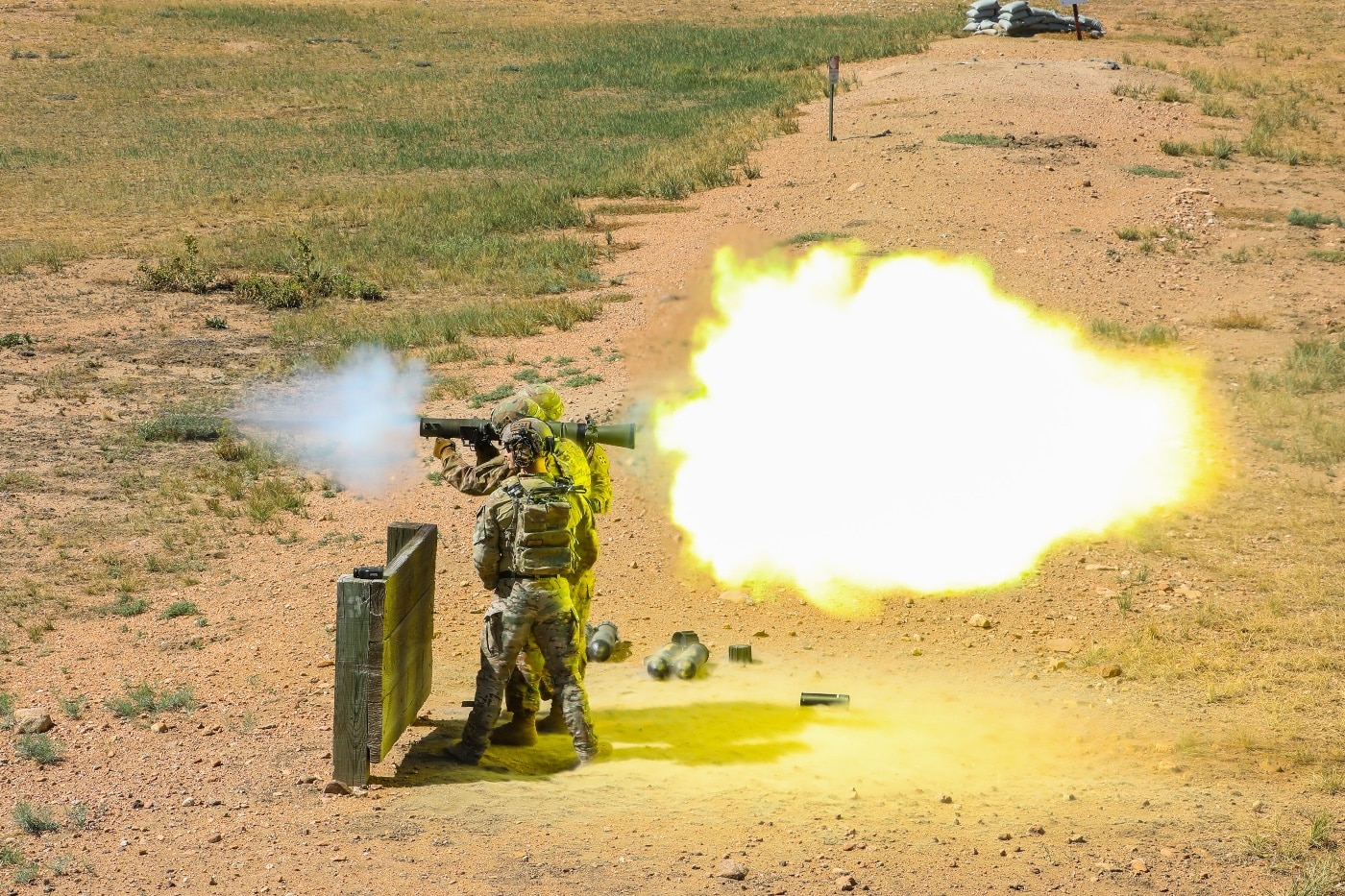
Arms designers Hugo Abramson and Harald Jentzen at the Royal Swedish Army Materiel Administration (Kungliga Arméförvaltningens Tygavdelning) began the development of the new weapon and used experience gained from the shoulder-fired Carl Gustaf 20mm recoilless rifle (Pansarvärnsgevär m/42), which had been created during the war — in part of out of fear that Sweden would be dragged into the conflict. Yet, the 20mm recoilless rifle lacked the penetrating power to effectively counter late-war heavy tanks, and it was essentially considered obsolete even by the time it was introduced. Just 1,000 were reportedly produced.
However, Abramson and Jetzen essentially “supersized” the concept with an 84mm weapon, and the result was the Carl Gustaf.
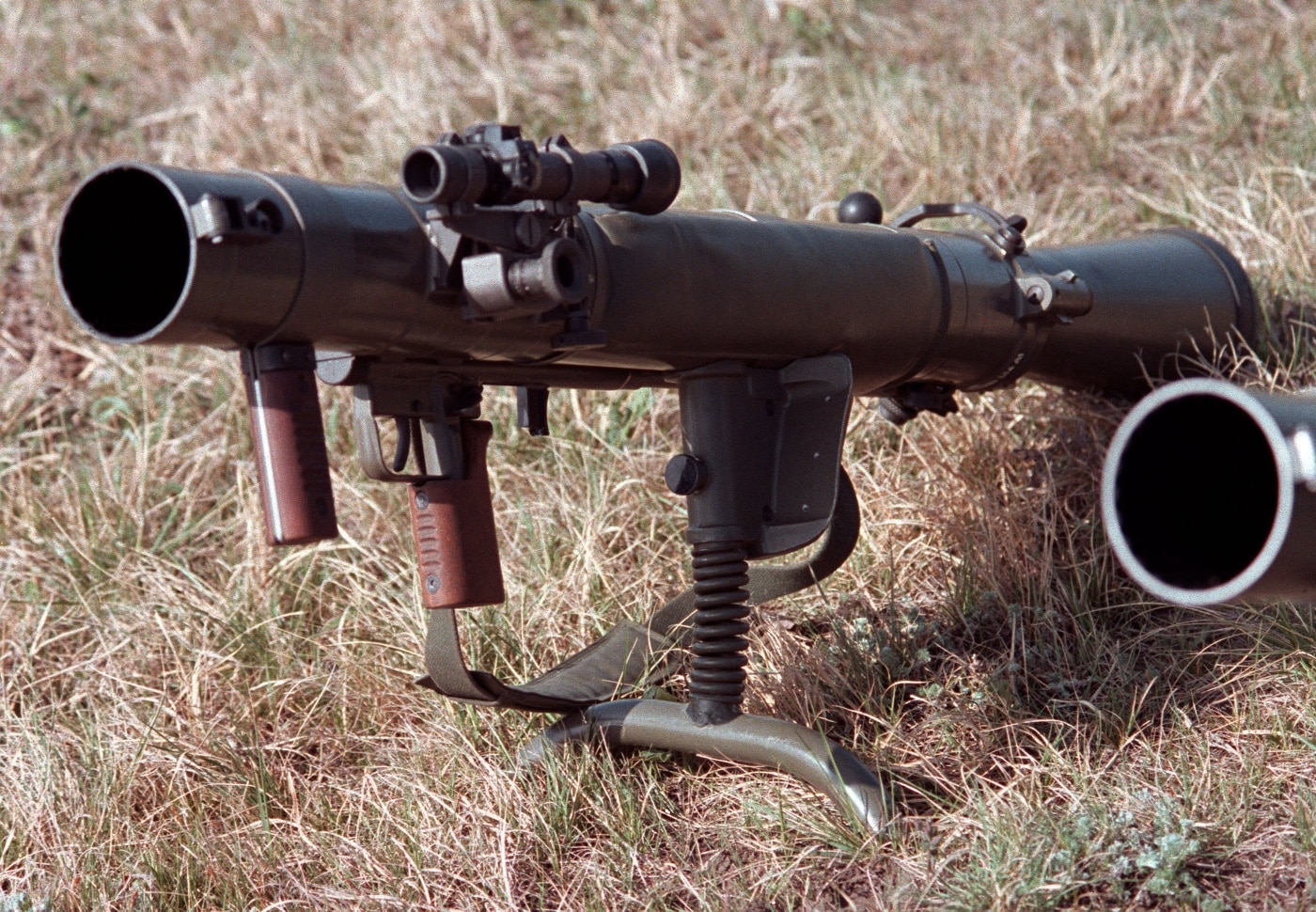
Yet, whereas the bazooka and Panzerschreck — the latter being essentially an improved version of the American design — utilized smooth tubes with spin-stabilizing rounds, the Carl Gustaf M1 (officially “8,4 cm granatgevär m/48”) used a rifled barrel. In addition, the recoilless firing system of the M1 further allowed for the use of ammunition that contained considerably more propellant than the bazooka/Panzerschreck. The result was a warhead that had a velocity of 290 m/s (950 ft/s) compared to the 105 m/s velocity of the bazooka. This allowed for far greater accuracy even at longer ranges.
Much like the bazooka, the Carl Gustaf is loaded from the rear of the tube, but it is unique in the breech actually opens for a round to be placed into the chamber.
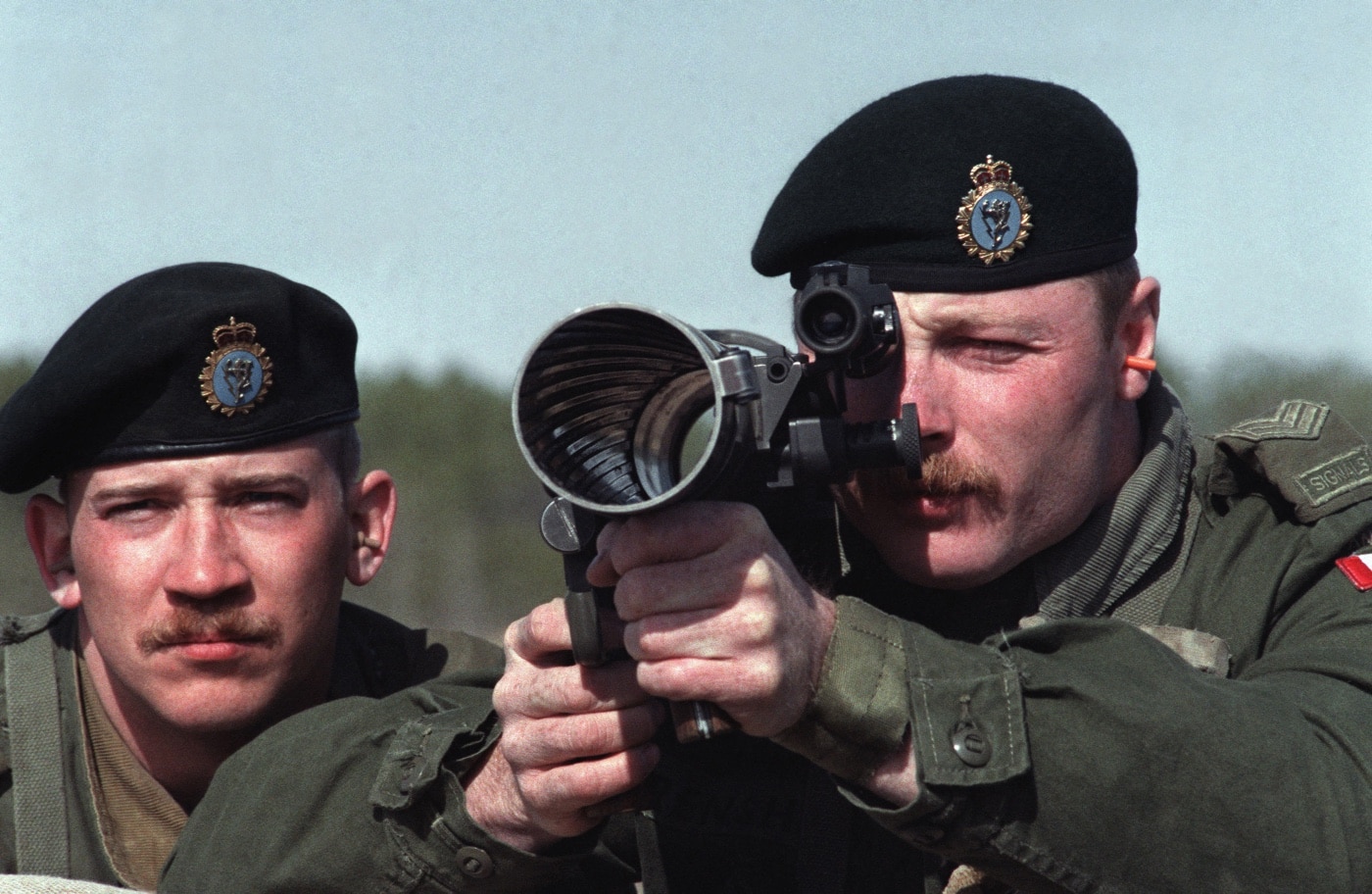
Even as Sweden took a continued path of neutrality — and actually only finally joined NATO earlier this year — the Scandinavian nation became a major arms exporter in the early stages of the Cold War, and the Carl Gustaf M1 was widely sold throughout the world and was adopted by many Western European nations as a squad-level anti-tank weapon.
Evolution of the Carl Gustav
What is also especially noteworthy about the Carl Gustaf MAAWS is that, unlike other anti-tank platforms that were introduced decades ago, it has been successfully upgraded and improved. Whereas the American bazooka is long retired, the Carl Gustaf has evolved into one of the most successful anti-tank/anti-personal weapons on the modern battlefield.
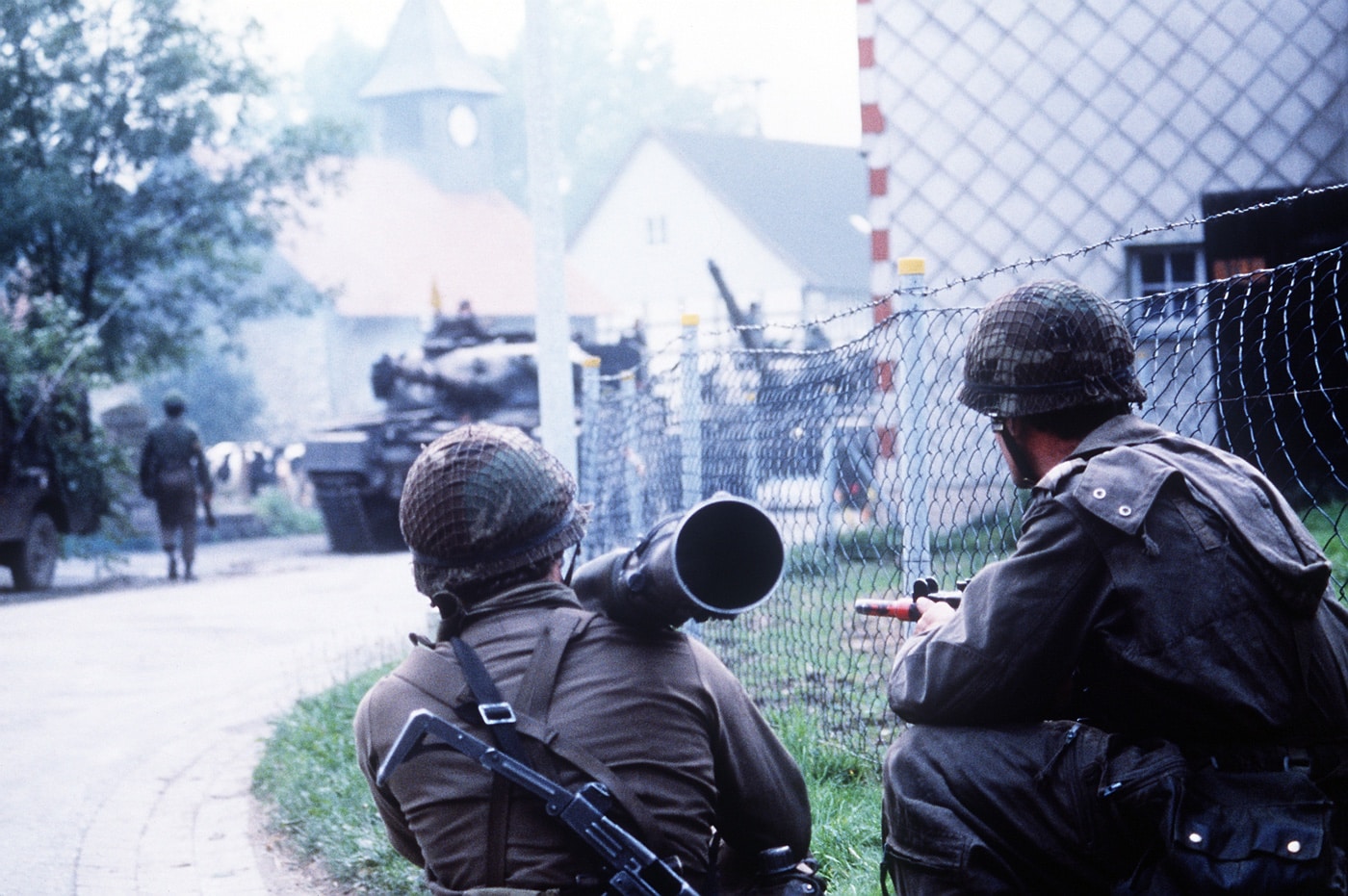
The first significant update came in the mid-1960s, with the introduction of the Carl Gustaf M2, which reduced the size and weight. Though the original model had been sold to foreign militaries, the M2 was designated the first “export” model.
That led to the development of the M3 version, which was initially employed by the Swedish Armed Forces in the late 1980s. It further reduced the weight by replacing the original forged steel tube with a thin steel liner that was encased in a carbon fiber out sleeve. In addition, many of the steel parts were further replaced with aluminum alloys, plastics, and carbon fiber.
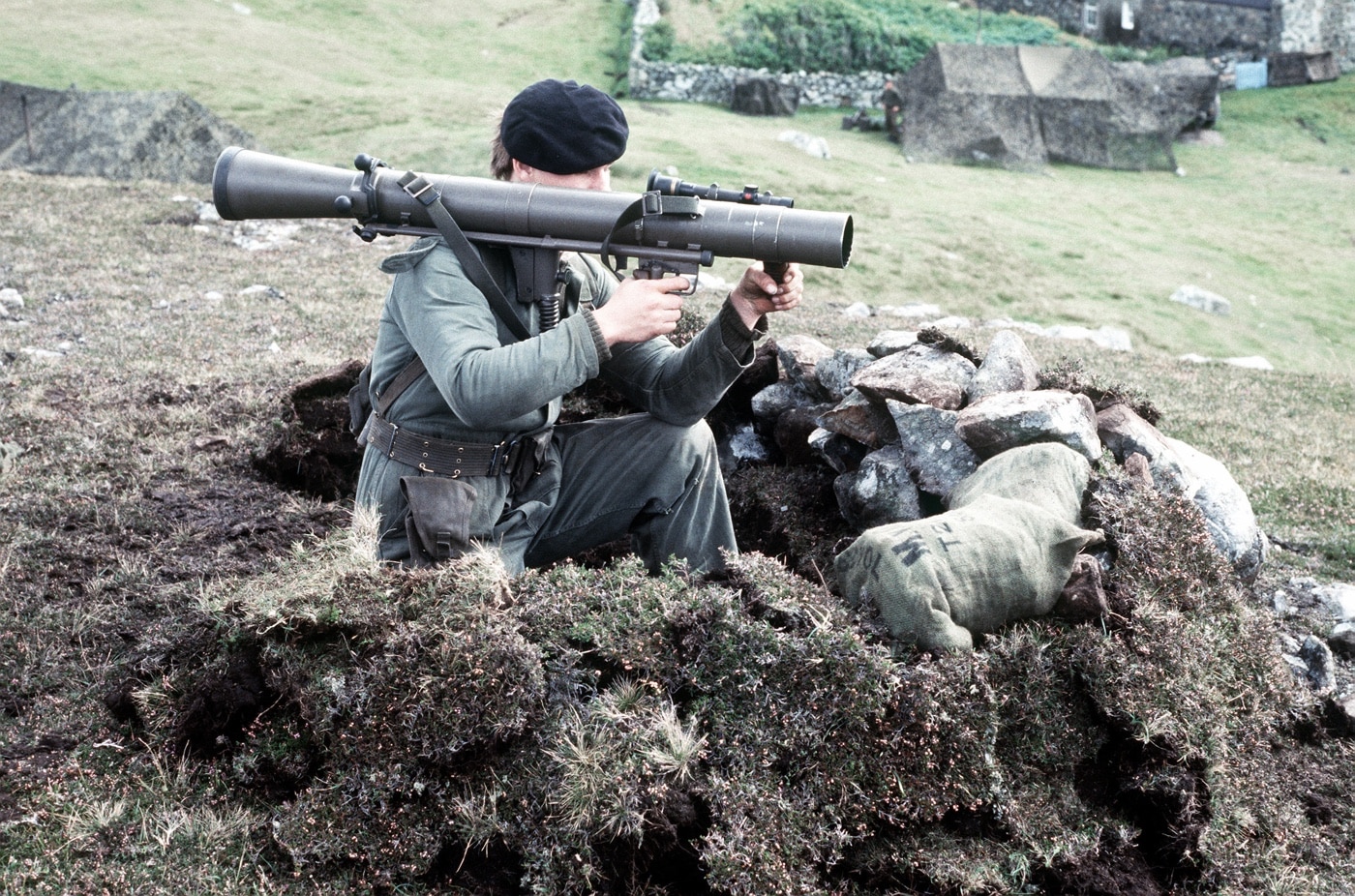
The M3 export model, introduced in 1991, found favor with the British Army’s Special Air Service (SAS) as well as the United States Army Special Forces and United States Army Rangers, where it was employed as an anti-vehicle weapon but also in a “bunker-busting” role. It was officially adopted by the United States military as the M3 Multi-Role Anti-Armor Anti-Personnel Weapon System (MAAWS), or Ranger Anti-tank Weapons System (RAWS).
The Carl Gustav Goes to War
The first reported use of the Carl Gustaf M1 in combat occurred during the Congo Crisis in the early 1960s. It was employed by Swedish Army units that were part of the United Nations (UN) forces. Between 1960 and 1964, Stockholm had sent a total of nine battalions to Congo, and it was the time in 140 years that Swedish forces were sent into combat. By all accounts, the Carl Gustaf performed well in an anti-personnel role as the insurgent forces lacked any significant number of armored vehicles.
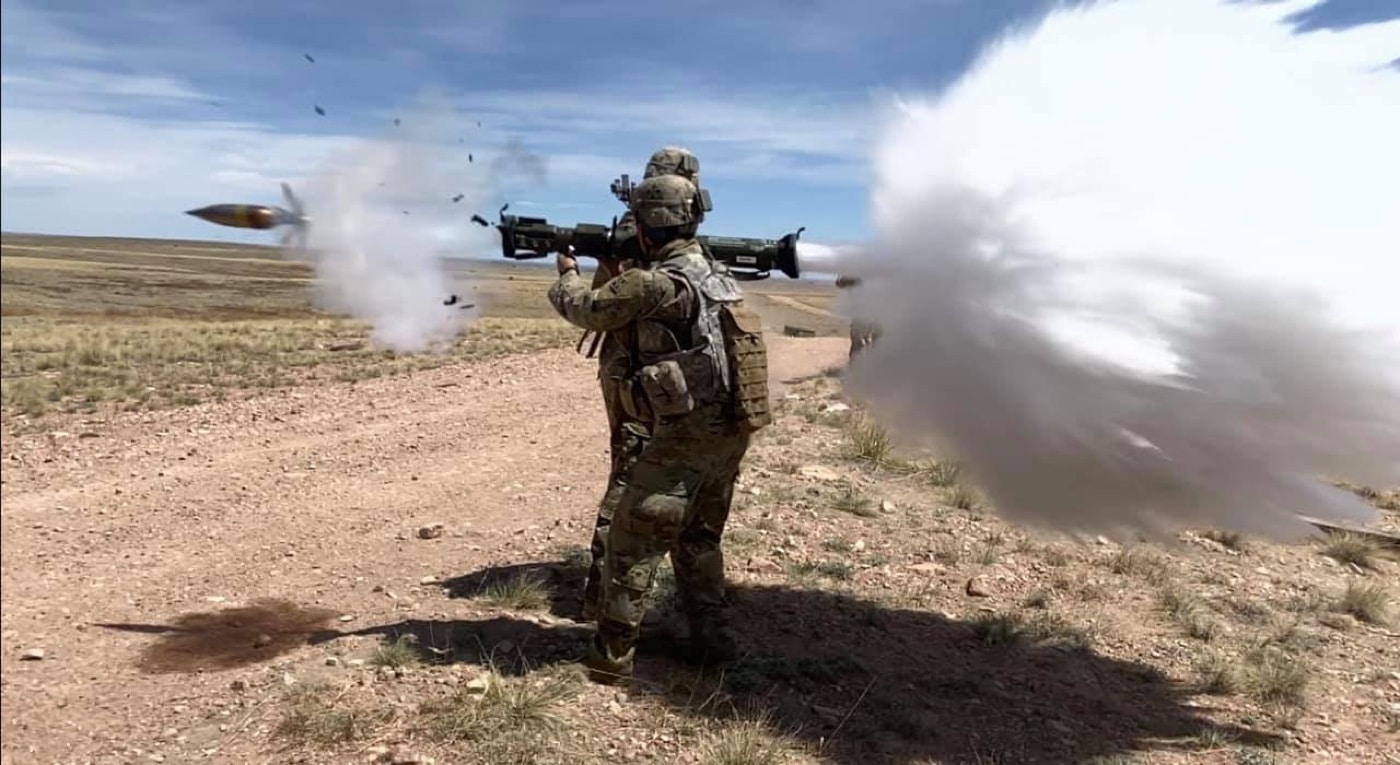
The Swedish man-portable platform has since seen service in the Falklands War with the British Army, and it was used by various factions in the Lebanese Civil War. Coalition forces also utilized the Carl Gustaf during 1991’s Gulf War, and later in the conflicts in Afghanistan and Iraq.
A number of weapons apparently had been sold on the black market as there are reports of its use in the Nordic Biker War, a gang conflict that occurred in the late 1990s in parts of Scandinavia and Finland, involving the Hells Angels and Bandidos outlaw motorcycle clubs! That certainly goes beyond anything ever seen on TV’s Sons of Anarchy. More worrisome is the fact that the anti-tank recoilless rifle has also reportedly been used in the ongoing Mexican drug war, where cartel factions have reportedly received the weapon from elements of the Mexican Army.
The Carl Gustaf M4 — The Best to Date
The most recent version of the platform is the M4, which was first introduced in less than a decade ago. Saab conducted its first live-fire demonstration of the Carl-Gustaf M4 artillery system at its Bofors Test Center in Karlskoga, Sweden, in September 2014. The United States adopted the upgraded M4, but with the M3E1 MAAWS designation.
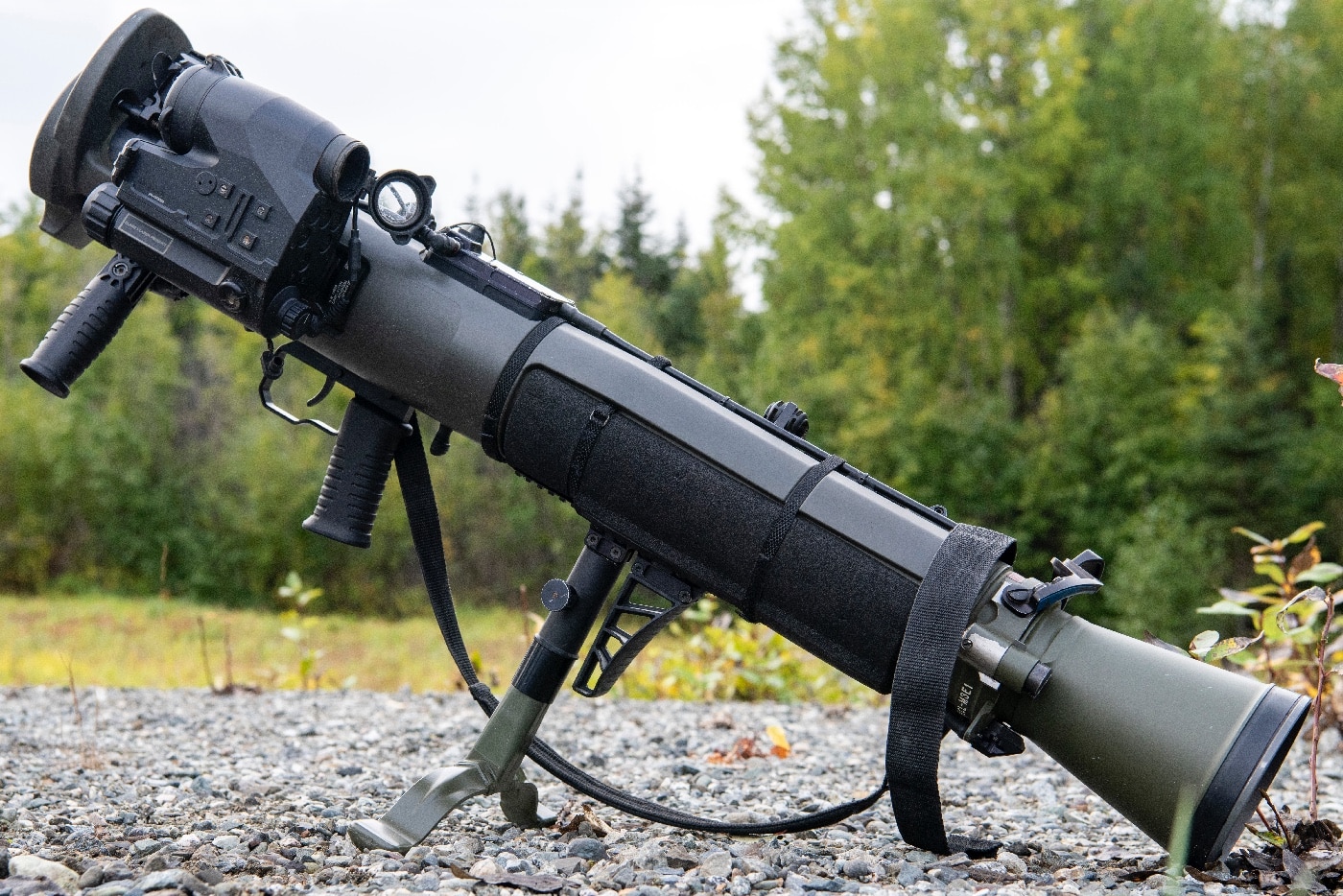
As with the earlier models, it is capable of destroying tanks, even with add-on armor protection, while it can also be used to neutralize landing craft, to destroy bunkers and to engage enemies in buildings.
The CGM4 features a lightweight, flexible design that incorporates titanium-made components along with improved carbon fiber outer skin. The recoilless rifle has a length of fewer than 39 inches (1,000mm), while it weighs just over 15 lbs. It can be operated by a single soldier, but it is typically employed by a team that includes a gunner and loader. It has an effective range of 1,300 meters with a high-explosive round.
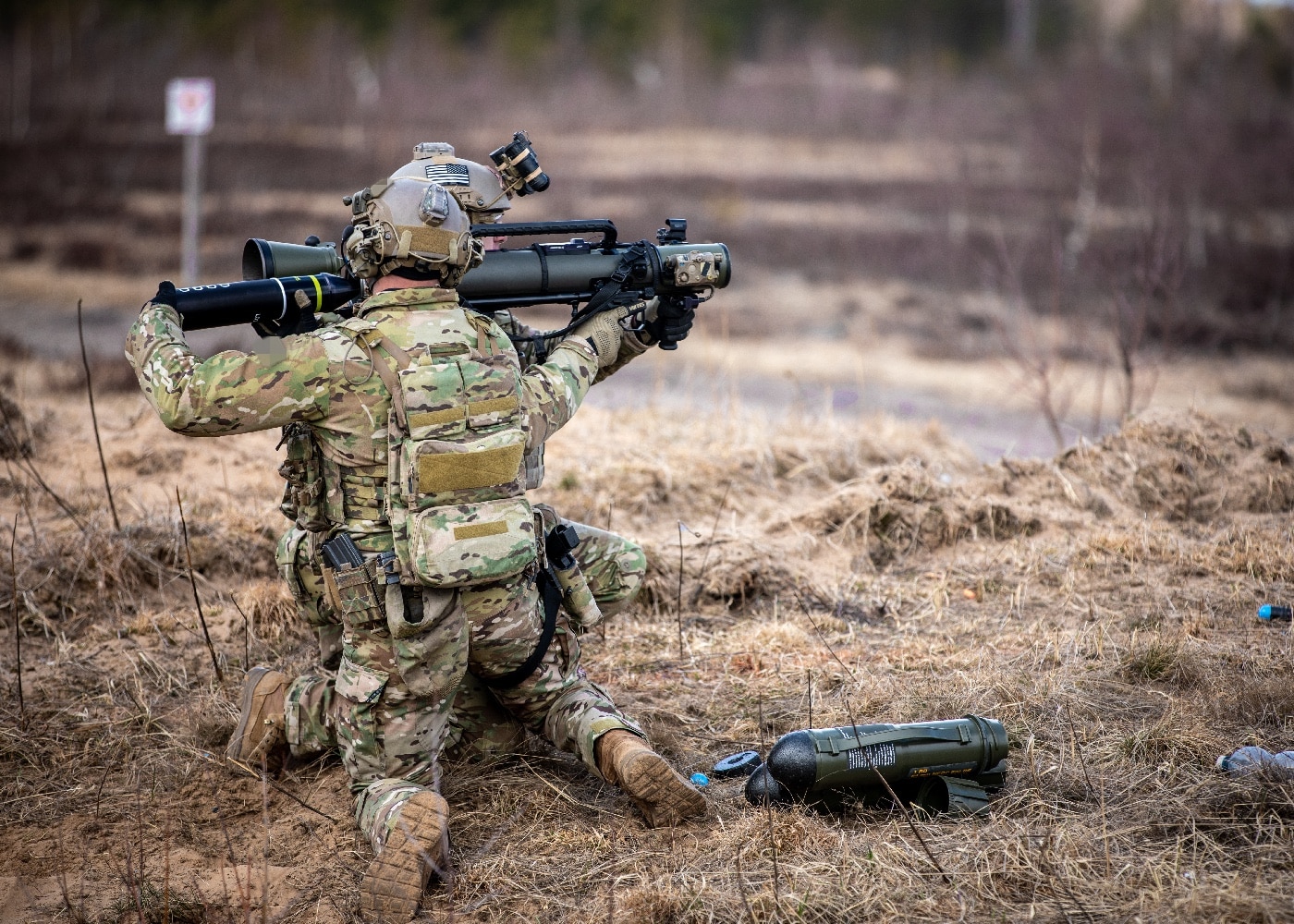
The M4 system is equipped with a standard clip-on telescopic sight on a Picatinny rail, which allows operators to install thermal sights or image intensifiers for night-time combat. Additional sighting systems, including open sight, red dot, and intelligent sights, can be optionally mounted based on the specific needs of the user.
Widely exported, the M4 was first adopted by the Slovak Republic in 2015. In September 2017, the U.S. Army purchased 1,111 M3E1 launchers and issued an Urgent Material Release to field them as soon as possible, while the U.S. Marine Corps followed suit in November and announced a plan to acquire 1,200 launchers, with one to be fielded by each USMC infantry squad. Each 84mm Carl Gustaf reportedly costs around $20,000.
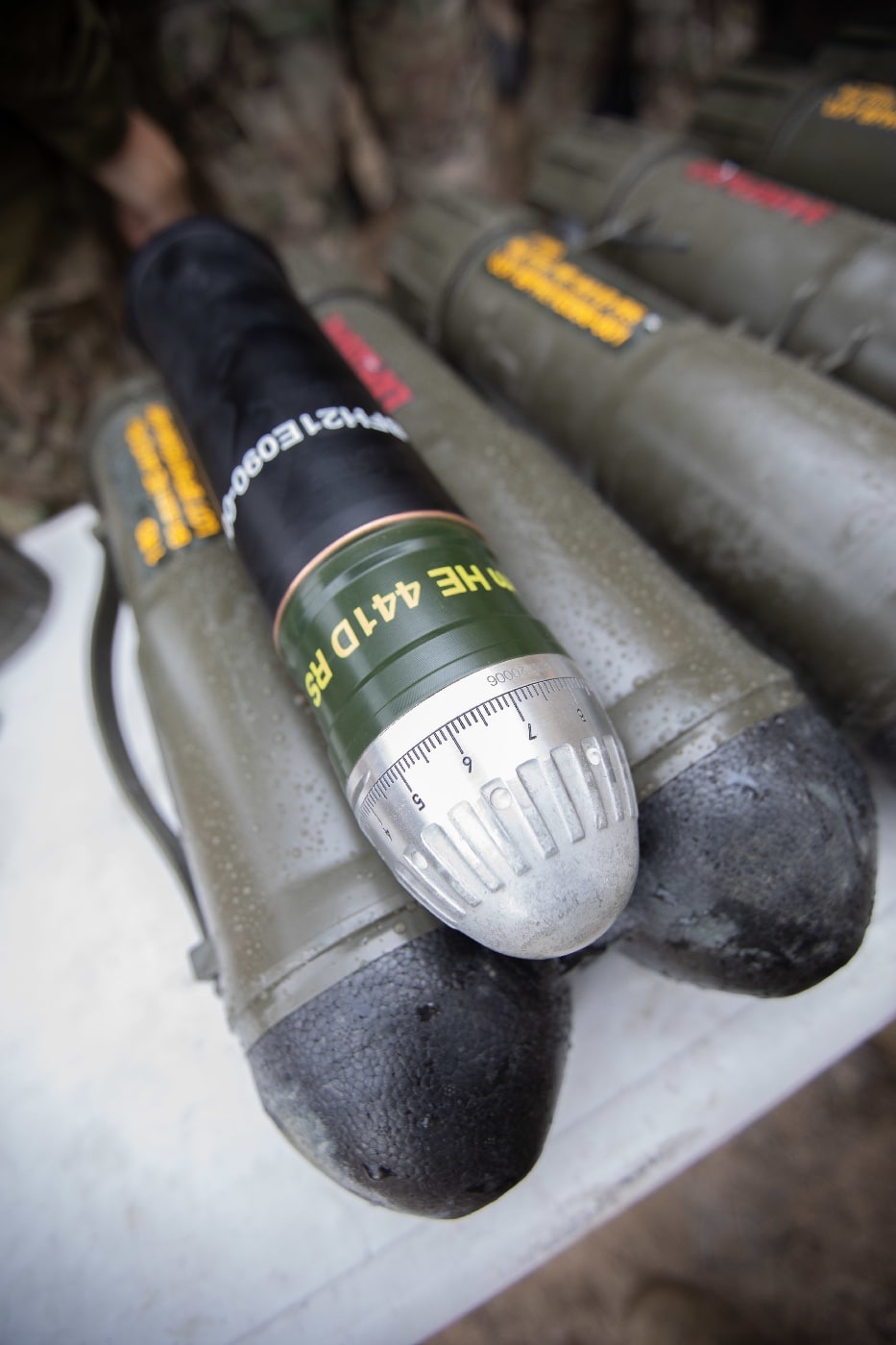
While Sweden has not directly supplied any Carl Gustaf M4s to the Ukrainian military, 100 launchers and 2,000 rounds of ammunition were provided to Kyiv by the Government of Canada earlier this year. These have reportedly scored numerous “kills” on Russian T-72 tanks, while in May, one was even reported to have destroyed a more advanced T-90M main battle tank (MBT) — only the second believed to have been lost in the war. Given the capabilities of the weapon, it is likely that Ukraine could put them to good use as it seeks to drive out the Russian invader — fitting given how the 17th century king is remembered for his conflicts against Russia.
The Carl Gustaf in Pop Culture
Despite the fact that the weapon was developed more than 75 years ago, it hasn’t been widely seen in movies or TV shows. In fact, the first reported use of the Carl Gustaf M2 was when it was carried by action star Dolph Lundgren in 1994’s Men of War, while it was later seen in 2000’s Battlefield Earth. Its biggest screen moment was likely in Terminator Genisys when carried by Arnold Schwarzenegger’s “The Guardian” Terminator while saving the life of a young Sarah Connor in 1973.
Collecting the Carl Gustaf
This would be a tall order. Technically, the weapons are for military sales only, and at this point, it seems unlikely any live versions are in private collections even as a National Firearms Act (NFA) item. In addition, each round would also be an NFA-destructible device.
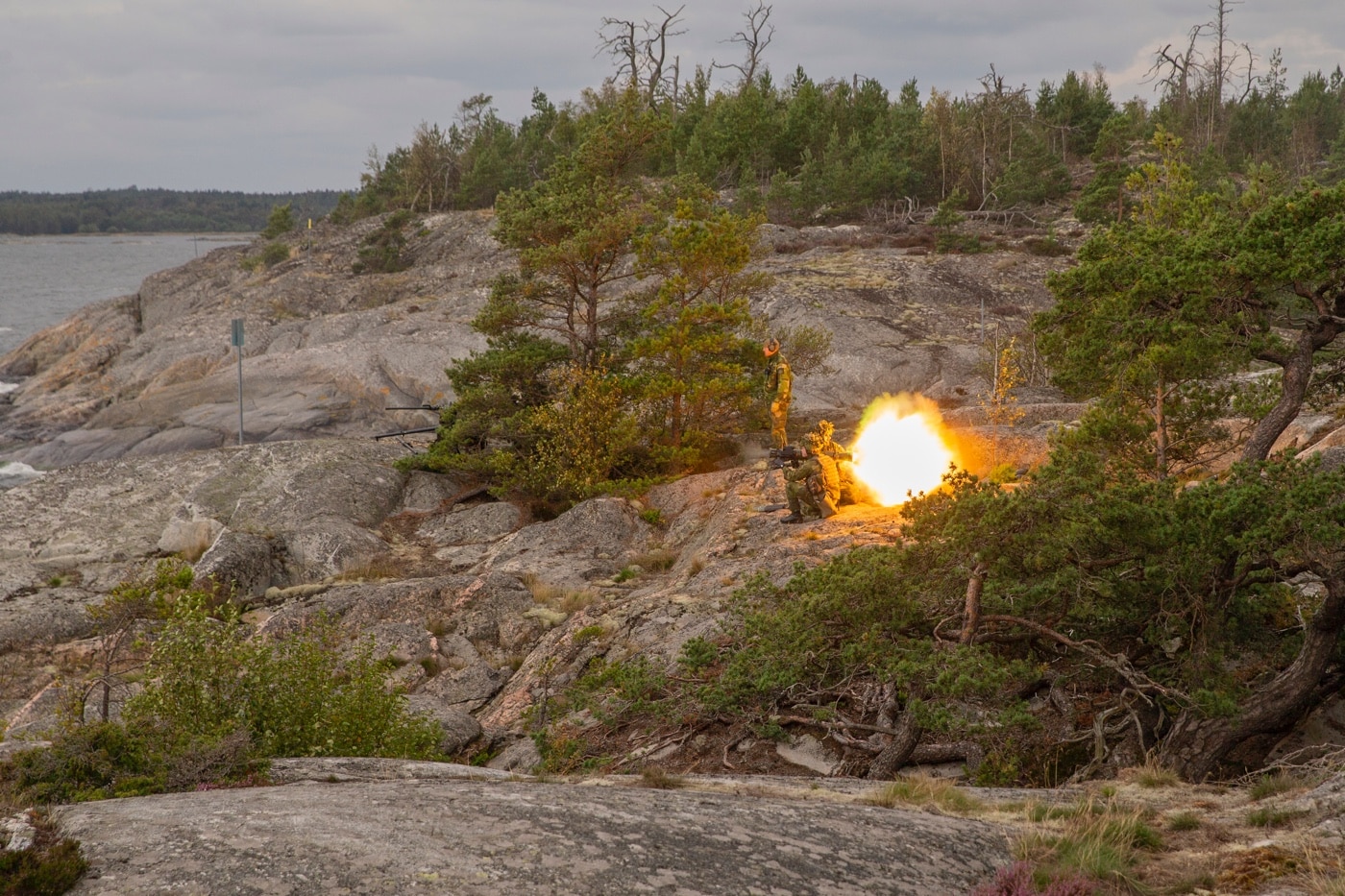
Given the cost per unit, it is unlikely few, if any, have been deactivated for civilian sales. To be legal, the weapon would need to have a hole cut in the side of the tube and a rod placed so that a round couldn’t be loaded into the muzzle. For now, collectors may have to settle for a replica — of which a few are available.
The Carl Gustaf is just one of those weapons that remains fascinating, even if few of us will ever have an opportunity to fire it.
Editor’s Note: Be sure to check out The Armory Life Forum, where you can comment about our daily articles, as well as just talk guns and gear. Click the “Go To Forum Thread” link below to jump in!
Join the Discussion
Continue Reading
Did you enjoy this article?

 70
70






